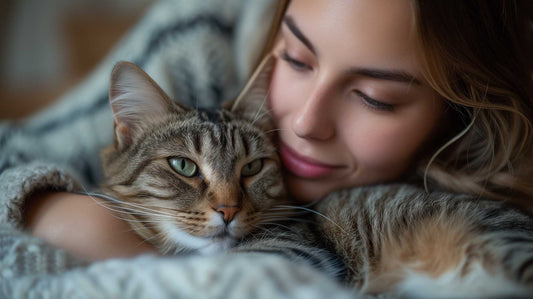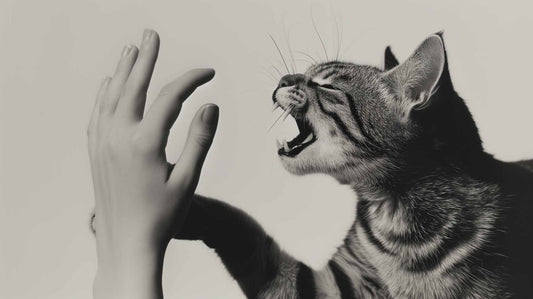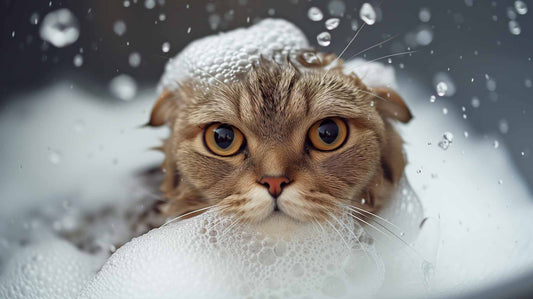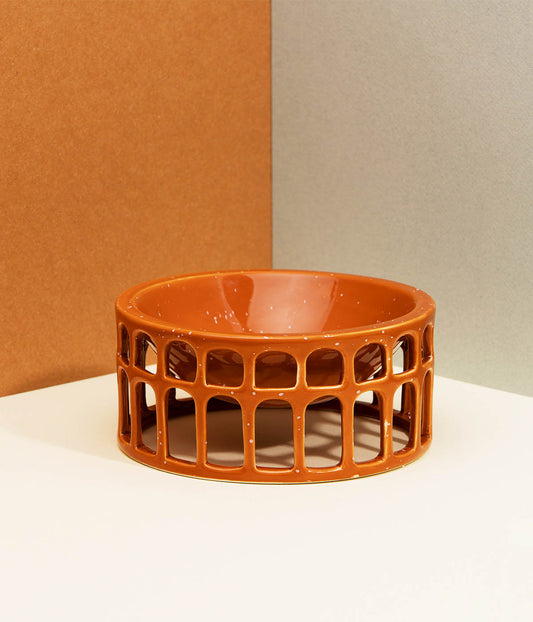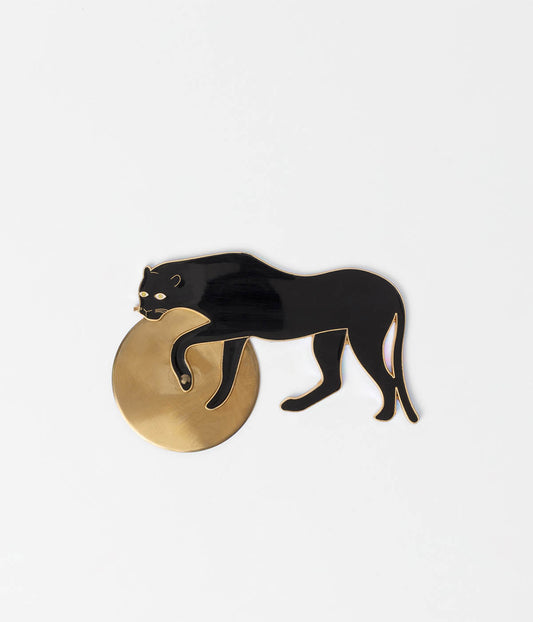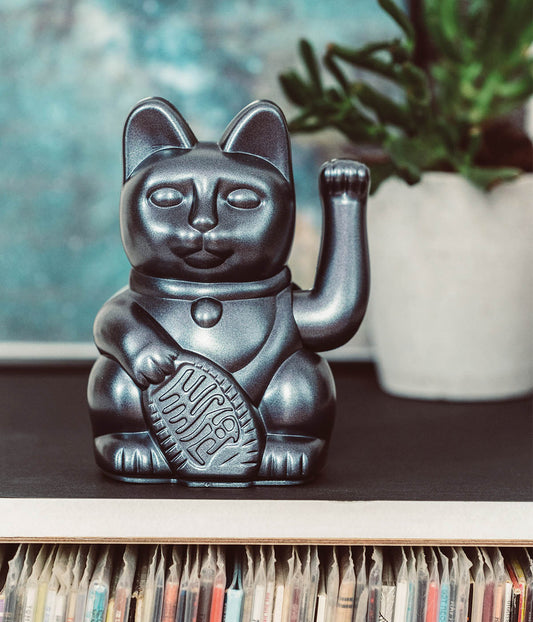
My cat does not like high-quality food
Marie DuchessWhy your cat doesn't eat or doesn't tolerate the new high-quality food:
Your cat is a small predator, a pure carnivore. It relies on getting all the nutrients it needs from a meat-based diet. The entire digestive tract is designed for it.
A high-quality cat food consists to a (very) large part of meat and innards. Inferior feed, on the other hand, contains mostly grain, sometimes legumes or beet pulp as a cheap filler. Often in combination with types of sugar and other substances that have no place in cat food.
It is logical that a diet of grains and plant matter cannot be good for a pure carnivore. These substances can hardly be utilized by cats, obtaining nutrients is difficult if not impossible, and as a result digestion becomes sluggish and so does the cat. Of course, where is the energy supposed to come from? If you now switch from this cereal-sugar bomb to a food with a high meat content, a whole new world opens up for your cat's stomach and intestines. A great, healthy, new world, but with which she is initially a little overwhelmed.
From one day to the next, the food has a lot more nutrients. Your cat now actually needs a smaller amount of food to be full and to be supplied with all the nutrients. But Kitty doesn't know that yet and wants to eat the same large portion as usual.
Of course we let her eat as much as she wants, at least you're happy that she finds the new food delicious. In the end, however, she overeats because she doesn't know the right time for full and satisfied. The stomach and intestines get too many proteins and energy sources and don't know what to do with them. This manifests in diarrhea and vomiting. Often the owners then stop the attempt directly - The food is to blame or The cheap food is better tolerated. Too much was simply expected of the sensitive cat stomach. Particularly critical: this made it difficult for the first time to have a healthy diet. Don't worry, she's not lost forever. But I'm sure you know this: Have you ever overeat on something, or had a (too) sumptuous meal? You can no longer see this dish. The same happens with your cat. She develops a food aversion and the high-quality food is no longer welcome in the food bowl. As a rule, this aversion subsides after a few weeks, so that you can try again afterwards. Luckily.
The other extreme: the cat spurns the high-quality food. It's just down to instincts. From an early age cats learn from her mother what to eat. Out in nature, this keeps them from eating poisonous things.
Growing up as a well-protected house cat, this unfortunately often means My cat mom said the cereal mush is delicious, so I'll eat it too. And this pressed cereal certainly doesn't taste or smell bad for the cat, it is often infused with flavor-enhancing attractants. High-quality meat without additives smells different and therefore wrong for the cat. Kitty spurns it because it smells different.
The problem also exists with the switch to organic feed. Even for humans, an organic chicken smells and tastes different than an industrial fattened chicken. For a cat, with a high sensory senses, there are worlds in between.
By the way, you probably know this ─ people who only eat yoghurt with artificial flavors, find the taste of a real strawberry yoghurt strange. Children who only know juice concentrate find the taste of freshly squeezed orange juice weird. The cat is no different - after years of junk food, she doesn't recognize nature even when it's in the bowl right in front of her.
The simplest thing is, of course, to start using high-quality food at kitten age. But luckily, changing the feed later works, it just takes a little more work. But it should be worth your cat's well-being and health.
At Dynasty, we and our customers absolutely love our fluffy lint makers! Every day, every hour, every minute that we can spend longer with our floofs is worth trying to maintain their health.
